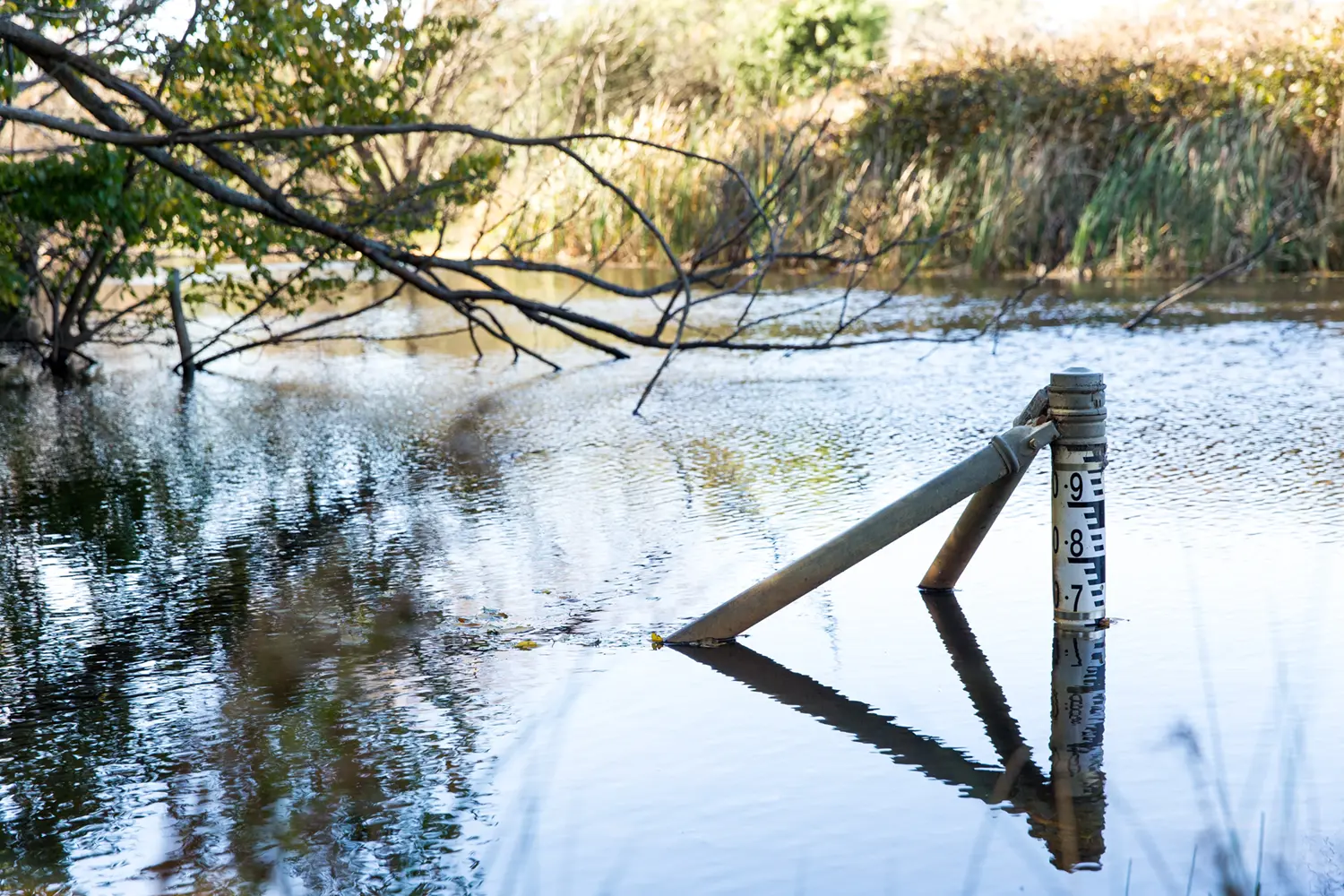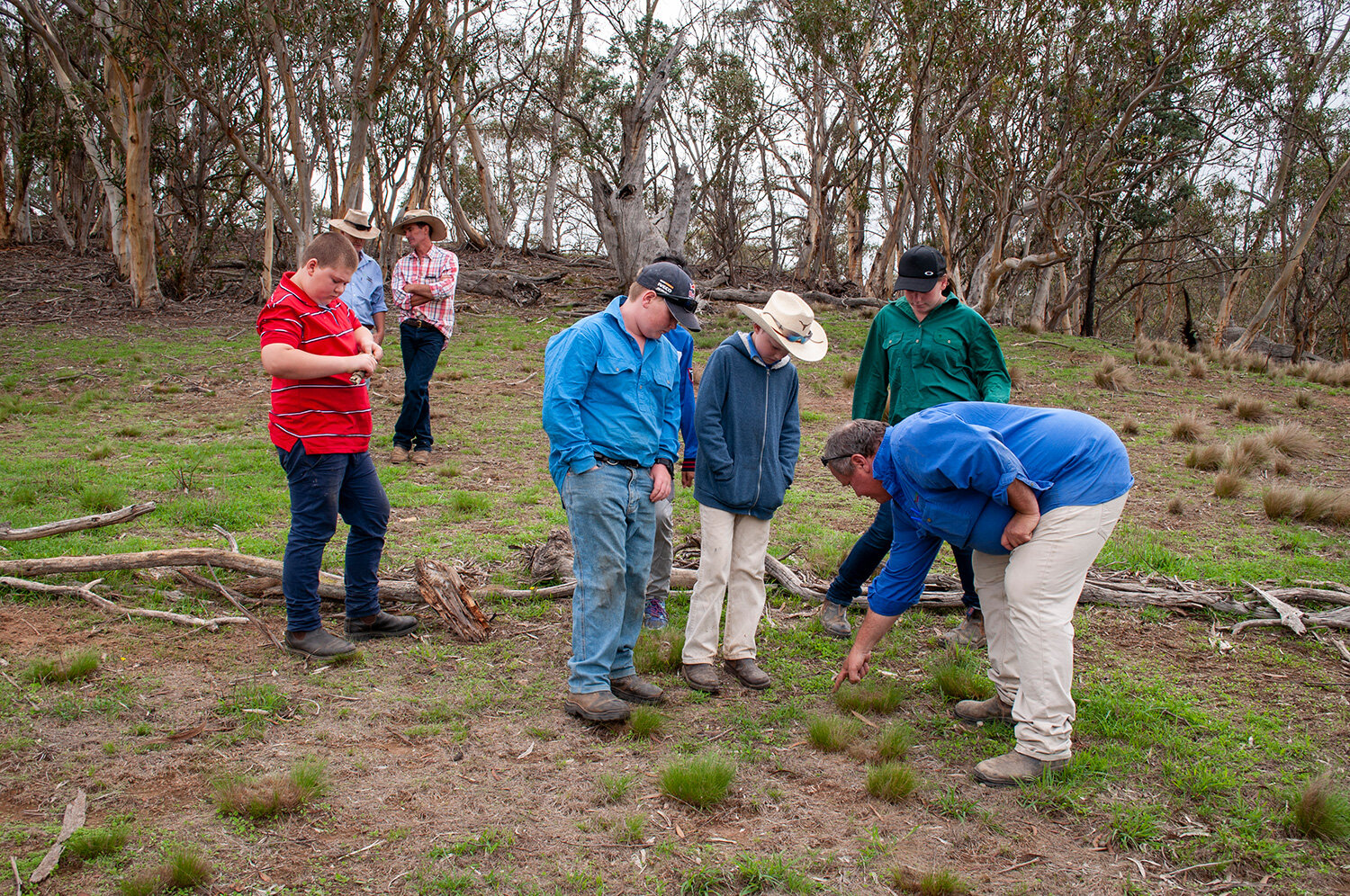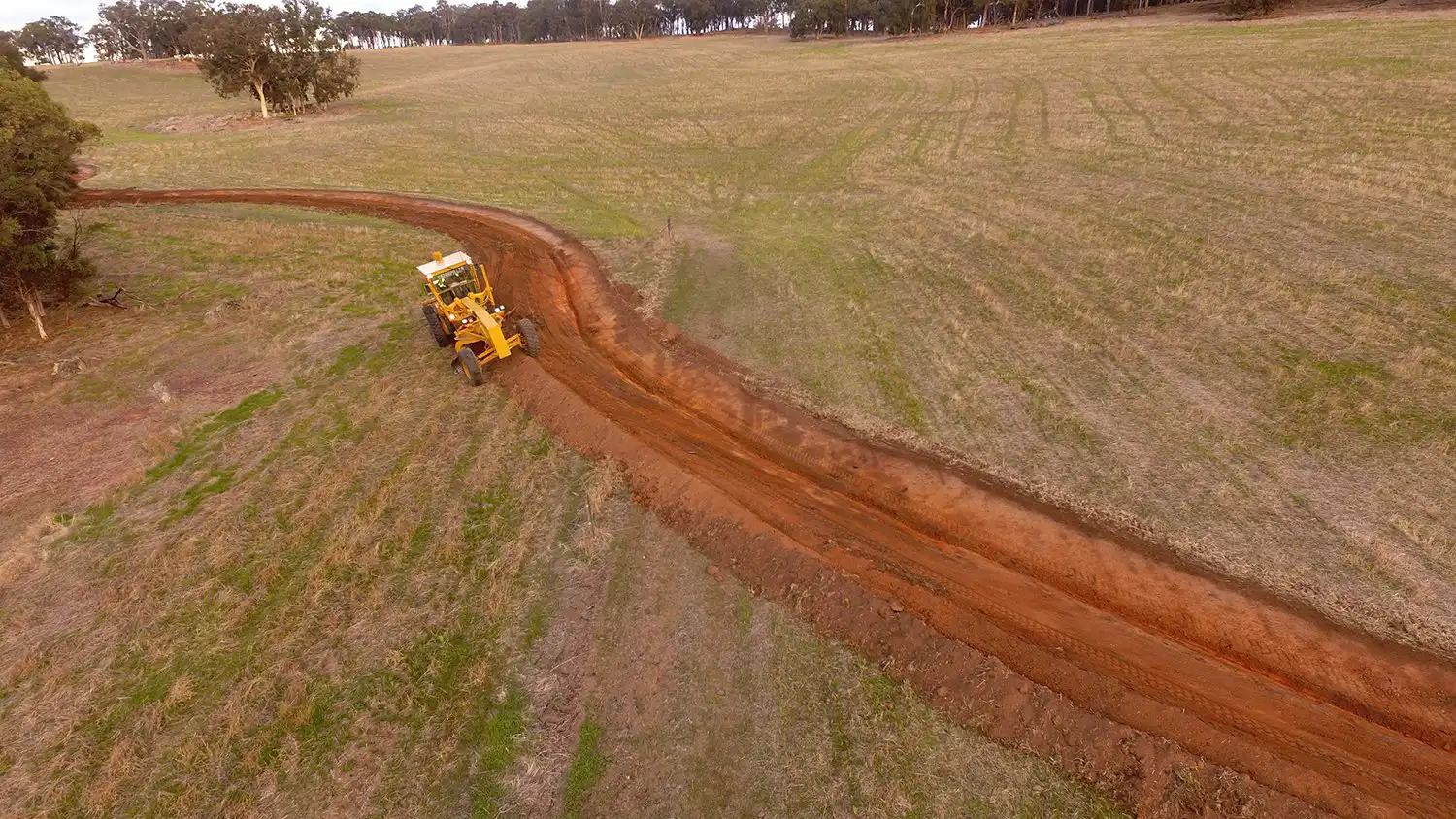Monitoring
Our service includes advice and implementation of recommended monitoring of installations and structures to assist in revealing the apparent and measurable benefits of landscape rehydration. Monitoring can range from the establishment of photo points to drone footage, stream gauges, soil moisture monitoring, groundwater monitoring and ecological monitoring. Monitoring is best considered early in the project so that baseline data can be collected, including photos taken prior to the implementation of works.
Our monitoring service can include any of the following:
Advice on monitoring to match your goals
Advice and implementation of a range of monitoring technologies
Data analysis, management and reporting

Catchment-Scale Projects
As the Mulloon Rehydration Initiative demonstrates in southern NSW, catchment-scale landscape rehydration immensely benefits the local environment, agricultural productivity and regional communities.
Involving the community
A critical part of catchment-scale projects, is engaging with its key stakeholders and the broader community, allowing them to observe, learn from, or even contribute their experiences to the project. Engagement typically involves local, state and federal governments, philanthropic bodies and the research and corporate sectors.
By bringing the community along, landholders better understand landscape rehydration processes and learn how to deliver these changes on their own properties. The key to long-term success in catchment-scale landscape rehydration projects is helping landholders through ongoing support to achieve practice change.
Mulloon Consulting provides support for catchment-scale projects in the pre-planning and planning phases, all the way through to developing catchment-scale proposals, rehydration plans and implementation. Mulloon Consulting’s specialist team can provide support in community engagement and lead the capacity building aspects of a catchment scale project.

Assessments and planning
When working at a larger scale or in a broader catchment context, a Scoping Report is recommended. This report considers the broader biophysical nature of the catchment; current and historical land use across the catchment; catchment hydrology and geomorphology; landscape function considerations; assessment of landholders (and other community stakeholders) perceptions of the catchment; identification of opportunities for landscape rehydration (including land management practices, potential landscape rehydration interventions and vegetation); regulatory approval overview; consideration of capacity building opportunities; and development of a high level plan for implementation.
Funding is a key consideration for catchment-scale projects and we can assist communities with identifying opportunities such as Grants.

Take the next step towards a resilient future
Let’s bring your rehydration vision to life – get in touch with our team now.